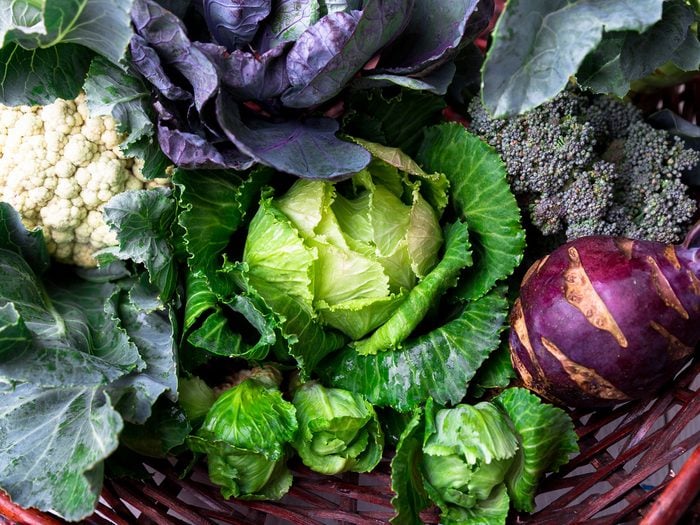
Meet the cruciferous vegetables worth eating
Can’t stand kale? Cabbage conjure up memories of stinky kitchens? Indeed, these are just two of the less sexy members of the vegetable family. But incorporating these and other cruciferous vegetables (broccoli is one, too) into your diet offers many health benefits.
Cruciferous vegetables belong to the mustard family of plants and are well known for their gas-causing properties. They’re also renowned for being extremely good for you. “They contain phytochemicals and other nutrients that may help detoxify certain cancer-causing substances before they have a chance to cause harm in the body,” says Natalie Brown, a registered dietitian in White Rock, B.C.
Stuck on what to make with cruciferous vegetables beyond coleslaw? Here, we share our cooking tips for great recipe ideas.
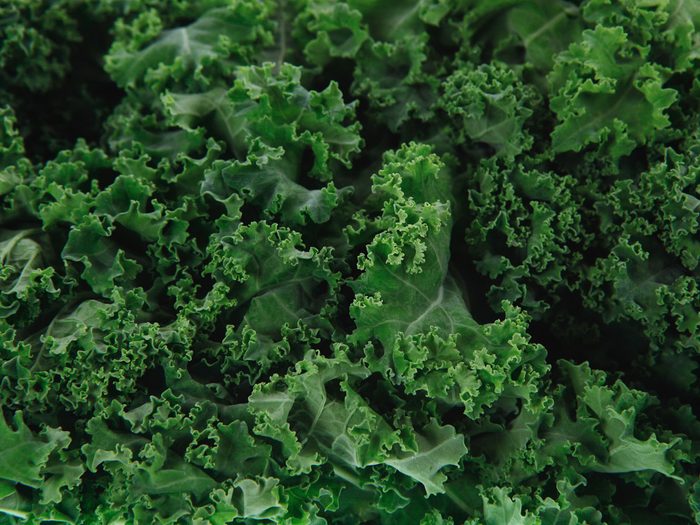
Kale
Why eat it? This tough, leafy green is loaded with vitamins A, C and K, as well as immune-system booster beta carotene and bone-building calcium. “Kale has powerful antioxidants and anti-inflammatory and anti-cancer properties,” Brown notes.
How to cook with kale
While you could eat it raw, kale’s sturdiness makes it a tough choice for salads. Instead, sauté it with heart-friendly olive oil and red wine vinegar for a tangy bite, pulling it off the heat once it’s softened slightly. Kale also pairs well with nuts, which contain monounsaturated fat and can help lower your cholesterol levels. Slice the kale into long shreds and sauté with olive oil, kosher salt, garlic and pine nuts that you’ve toasted in a pan beforehand (to bring out their flavour). Or braise the kale in low-sodium chicken stock and apples. Before serving, sprinkle with balsamic vinegar and chopped walnuts.
These five easy recipes are a simple way to add this superfood into your diet.
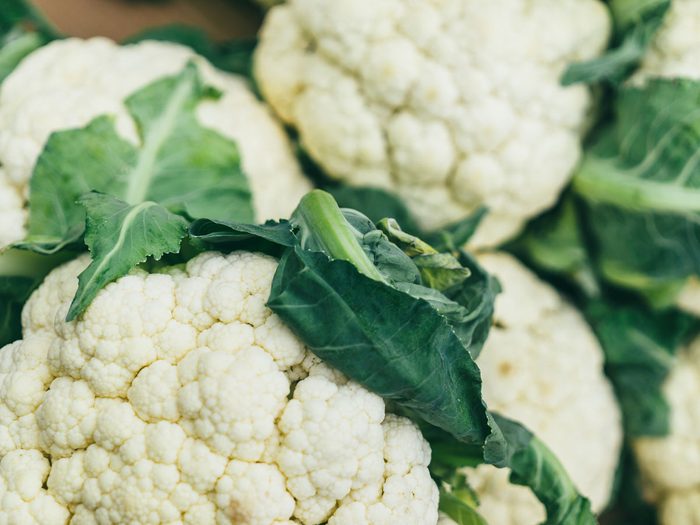
Cauliflower
Why eat it? Cauliflower is a cancer fighter as well, notes Brenda Arychuk, an Edmonton-based registered dietitian. It’s also a good fibre source and contains healthy doses of vitamin C and folate, a nutrient that can help prevent neural defects in unborn children.
How to cook with cauliflower
Forget boring vegetable dips. Cauliflower is another vegetable to sauté with garlic, minced ginger and a dash of low-sodium soy sauce for an Asian flavour twist. It can also easily double for potatoes, so boil your florets up as you would potatoes, mash them with butter and low-fat sour cream and mix them in with mashed potatoes. (You could even just top your shepherd’s pie with plain old mashed cauliflower.) Hélène Charlebois, a registered dietitian in Ottawa, likes to steam cauliflower florets lightly in the microwave, then immediately drizzle them with a low-fat salad dressing such as sun-dried tomato and top with some salty feta cheese. Here are more recipe ideas that will have you rethinking this underrated veg.
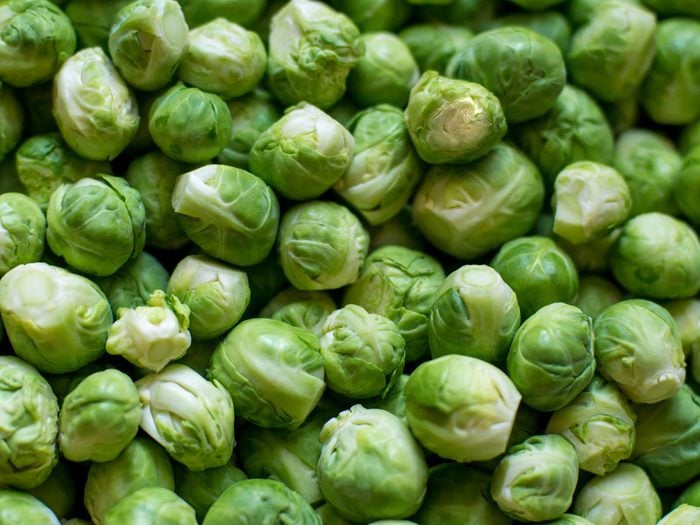
Brussels Sprouts
Why eat them? These tiny cabbage-like vegetables boast healthy levels of fibre and vitamins A and C. Bonus: they also pack in some lutein, a nutrient that contributes to healthy eyes.
How to cook with brussels sprouts
Drizzle Brussels sprouts with extra-virgin olive oil, sprinkle with kosher salt and an acid such as lemon juice or vinegar and scoop them onto a greased cookie sheet. Bake them for 30 minutes at 425 degrees Fahrenheit for crispy, tasty outcomes. Or break these little vegetable heads up for a milder taste. Rip them down into little leaves and toss them into a leafy salad mixture. Whatever you do, don’t overcook them, warns Brown. “Overcooking releases the sulphur smell we’re all familiar with,” she says.
Can’t get enough of cruciferous vegetables — especially brussels sprouts? Try our Roasted Hazenut Brussels Sprouts recipe.
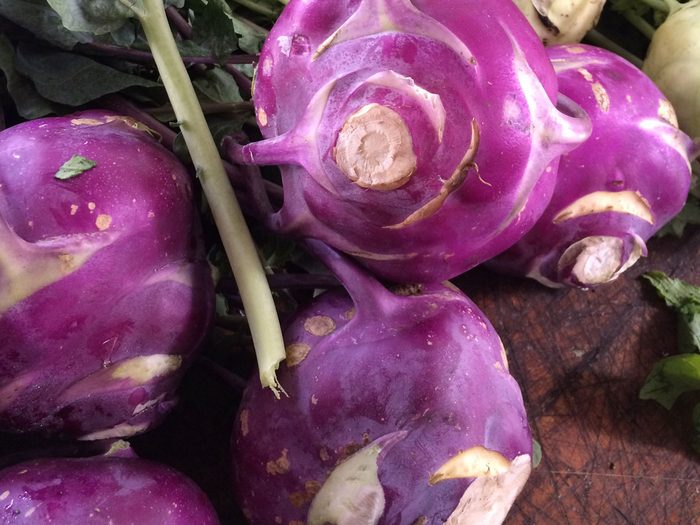
Rutabaga
Why eat it? Oh, poor, ugly rutabaga. But don’t judge this purplish-brown root vegetable by its skin, inside its firm flesh is a good source of both vitamin C and fibre. Often confused with the turnip, rutabagas boast a larger and rounder shape, and have a stronger, more peppery flavour.
How to cook with rutabaga
In the past, this cousin of the turnip has been lost in mushy stews and soups. How about introducing the vegetable to your breakfast menu by chopping it up into small bite-sized pieces as an alternative to hash browns? “It’s great with some maple syrup,” notes Brown. Like turnip, you can mash rutabagas with sweet potatoes for double your vitamin pleasure. Or make a root vegetable roast by cutting a rutabaga into large pieces along with fellow ground dwellers parsnips, beets and sweet potatoes. Coat with a drizzle of olive oil and a sprinkle of favourite herbs and roast them in the oven.
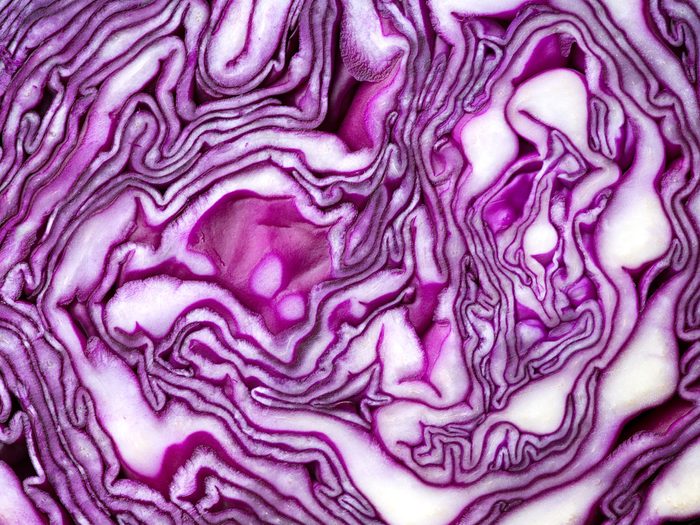
Cabbage
Why eat it? Incorporating this thick, sturdy-leafed vegetable into your diet promises plenty of vitamins C and K. It also stores well, and is a bargain in the winter when more tender greens are harder to come by.
How to cook with cabbage
We’re not taking issue with the way most of us usually cabbage: sliced thinly into a sweet coleslaw. But slaws are often topped with high amounts of sugar and mayonnaise or oil, so opt for lower-fat and lower-sugar recipes for your coleslaws. (Check out our low-calorie Mexican and Korean Fusion Kimchi Coleslaw recipe.) Or try to steam chopped cabbage and season it with pungent, but sweet, caraway seeds. (Note: steam your cabbage with the lid ajar to let the stinky sulphur escape.) Or you could steam it only slightly, then shred it and use it to add some crunch to a tortilla wrap or burrito, soup, casserole or stir-fry.
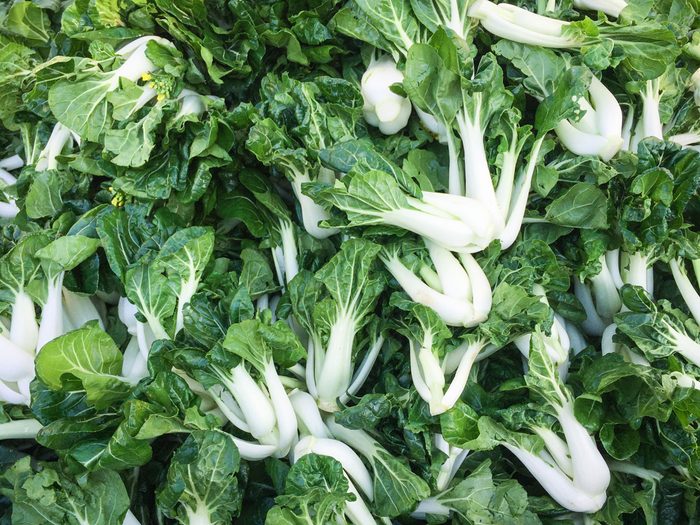
Bok Choy
Why eat it? “It’s a great source of vitamins A and C and calcium,” notes Brown. This cancer-fighting vegetable is also a source of folate. Look for baby bok choy, which is younger and more tender, as a tastier choice to eat raw.
How to cook with bok choy
Never bought bok choy before? You could dice or chop it down to the stem and add it to stir-frys, soups or sautés, or even braise the vegetable with some low-sodium chicken stock. Or try your hand at a double cooking method: blanch the leaves first in boiling water for a short time and then stir-fry them with olive or peanut oil.
You could also make a salad. Grate or chop the bok choy into bite-size pieces, add some protein such as lean chicken breasts or grilled tofu, and top with your favourite dressing and some sesame seeds.
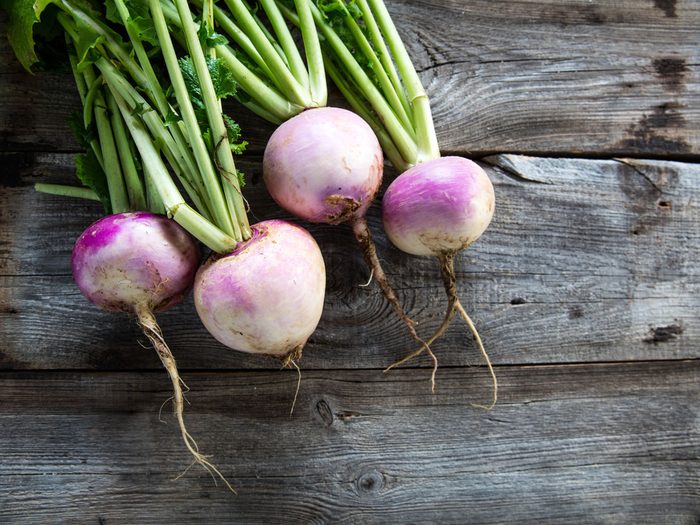
Turnip
Why eat it? Forget relegating these to your Thanksgiving menus. Plenty of nutrients, including vitamins A, C, K, folate and fibre, are packed into this purple and white root veg.
How to cook with turnip
We’re guessing you’ve likely eaten some creamed or mashed turnip (like this Turnip and Potato Gratin) over the holidays at Mom’s house. And mashing it is fine, just add a drizzle of maple syrup and butter for some nice flavour. You could also pair it with a sweet potato, and mash them together for a flavour switch. Or puree boiled turnip, potatoes and even apples for a nice fall-inspired side dish.
If mash isn’t your favourite, dice it up and toss it into a stir-fry with some other colourful cruciferous vegetables.
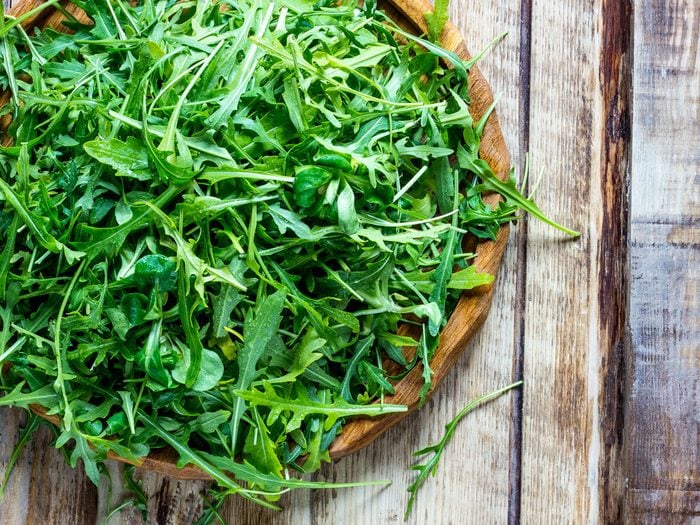
Arugula
Why eat it? This peppery-tasting leafy vegetable is packed with vitamin C as well as potassium, a mineral that helps with kidney function. Arugula’s also a good source of folate, calcium and vitamin A, which helps with bone growth and keeps your vision sharp.
How to cook with arugula
Try this twist on the haute salad you usually slip the leaves into and make a “salad pizza” by mixing arugula with red pepper, chopped tomato and onion. Toss the salad with some oil and vinegar dressing, and top a baked thin pizza crust smothered with pizza sauce with this cool salad mixture, suggests Arychuk. Or make homemade pesto with arugula in addition to — or even instead of — the usual basil, then toss on pasta or spread the mixture on some whole grain bread or crackers. Next, read up on how to clean your cruciferous vegetables free of pesticides.
